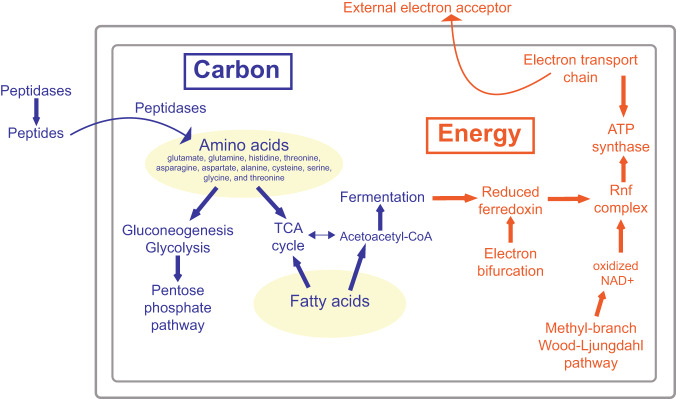Fig. 2. Carbon utilization and energy generation metabolisms within the Juan de Fuca Aminicenantia.
All crustal Aminicenantia contain the metabolic potential to use amino acids and fatty acids as carbon sources (highlighted yellow) that feed into gluconeogenesis or the TCA Cycle. ATP synthesis can happen via two mechanisms: substrate-level phosphorylation through butyrate or propanoate fermentation, or an electrochemical gradient created with an electron transport chain or an Rnf Complex. The Rnf Complex relies on reduced ferredoxin produced from two different electron bifurcating complexes and oxidized NAD+ maintained by the methyl-branch of the Wood-Ljungdahl Pathway. Genomic evidence indicates an iron or sulfur based external terminal electron acceptor. For more detail see Supplementary Fig. 3 and Supplementary Data 4–11.

